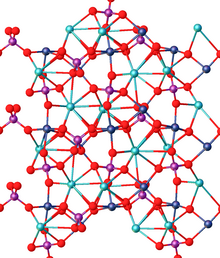
Back بصريات لاخطية Arabic Óptica non llinial AST Нелінейная оптыка Byelorussian Нелинейна оптика Bulgarian Òptica no lineal Catalan Nelineární optika Czech Nichtlineare Optik German Μη γραμμική οπτική Greek Óptica no lineal Spanish Mittelineaarne optika Estonian

Nonlinear optics (NLO) is the branch of optics that describes the behaviour of light in nonlinear media, that is, media in which the polarization density P responds non-linearly to the electric field E of the light. The non-linearity is typically observed only at very high light intensities (when the electric field of the light is >108 V/m and thus comparable to the atomic electric field of ~1011 V/m) such as those provided by lasers. Above the Schwinger limit, the vacuum itself is expected to become nonlinear. In nonlinear optics, the superposition principle no longer holds.[1][2][3]